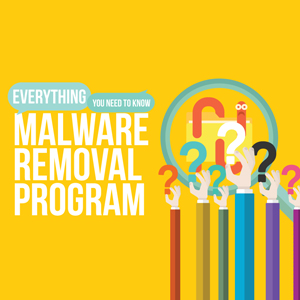ZERO TRUST COMPUTING
Updated on October 22, 2022, by Xcitium
Authentication is the process of proving one’s identity on the network. Protecting a network from external threats is the old security model, which assumed that anything or anyone from inside the network was not a threat. This model is no longer applicable and has led to the creation of a better security model, which is zero trust computing. 
ZERO TRUST 101
Zero trust computing is a security concept that assumes a network is always hostile. Threats can come from within and outside the network. It follows the “never trust and always verify” principle. It is a top priority to secure the data of your customers and your business. All users and devices must undergo verification before gaining network access. Upon successful authentication, they still have limited network access. Restrictions are in place to avoid data breaches from happening. A user or device only gets the right set of privileges to do their tasks. This is possible with the implementation of zero trust computing. In this article, you will learn the best practices of implementing a zero trust computing framework.
Zero Trust Computing: BEST PRACTICES
Building a zero trust architecture requires devotion and difficult work. This is a tedious and challenging task, but the fruits of your labor will be rewarding. Here are the leading practices when implementing a zero trust security framework:
Best Practices #1: Distrust Do not trust anyone or anything inside or outside of your network. Don’t give network access to any user or device by default. They must pass identity verification before gaining access. This is similar to the logic behind a captcha, where you must click or type something to prove that you are not a robot.
Best Practices #2: Least-Privilege Access Enforce strict restrictions on all users and devices that have network access. This is important because this will reduce potential security risks. Imagine an average user getting administrator level access. They could bring threats to the entire network, which would lead to a loss of profit. They should only have the right set of privileges necessary to do their tasks. A customer service department employee should not have access to payroll files, and your network admin should not have access to financial data. These are the scenarios where having access restrictions is quite necessary. This stops a potential attacker from doing harm to your network resources.
Best Practices #3: Network Segmentation Another term for network segmentation is microsegmentation. It makes use of the logic behind the “divide-and-conquer” computer algorithm. It divides or segments a network into smaller sections or zones. Each zone has its own security controls. Spotting suspicious activities happens quicker. This also gives a clear view of what’s going on in your network 24/7/365. Segmentation stops an intruder from going further into your network. They must be able to hack every security control to be successful.
Best Practices #4: Multi-factor Authentication (MFA) The login process is the traditional form of authentication. You enter your username and password and then the system checks it. A successful verification grants the user or device network access. MFA is a combination of two or more authentication methods. An example would be using your login credentials with your biometric signature. MFA stops an attacker from gaining network access. Having your login credentials would not be enough, as they would still need your biometric signature.
Best Practices #5: Device Validation Don’t think that only users get restrictions on their network access. Devices must also undergo some sort of validation process. You will be able to see the number of devices trying to gain network access in zero trust computing. Only devices with authorization can gain access to the network. The use of device certificates and whitelisting is vital here. A device certificate is a digital document embedded into a device. It provides proof of the device’s identity and its owner. Unknown devices trying to gain network access would not be successful. A whitelist contains a list of devices allowed on the network. Unknown devices outside this whitelist will not be able to access the network. Users must register their devices to be part of this whitelist.
Zero Trust Computing: Conclusion
Xcitium Now you know what zero trust computing is and its best practices, as well as the security applications of using a zero trust security framework. If you would like to know more about zero trust computing, then please click here.


